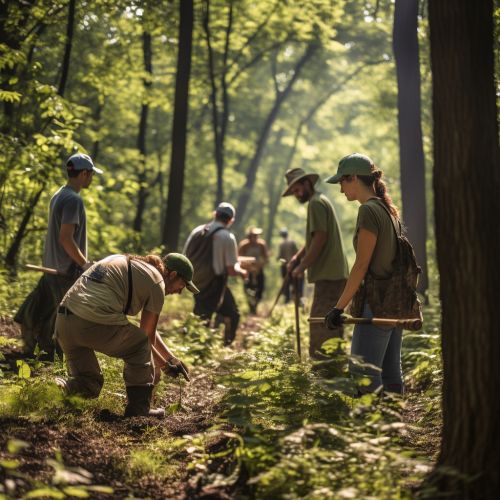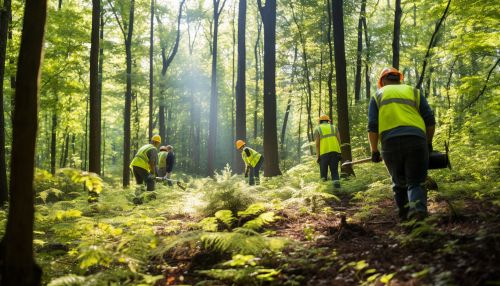The Ecology of Biodiversity Hotspots and Conservation Priorities
Introduction
Biodiversity hotspots are regions that are significantly rich in biodiversity but are threatened with destruction. These areas are home to many unique species that are not found anywhere else in the world. They are also areas that are under significant threat from human activities such as deforestation, pollution, and climate change. The conservation of these hotspots is a priority for many environmental organizations and governments around the world.


Biodiversity Hotspots
Biodiversity hotspots are regions that contain at least 0.5% or 1,500 species of vascular plants as endemics, and have lost at least 70% of their original habitat. The concept of biodiversity hotspots was first developed by British ecologist Norman Myers in 1988. Since then, the concept has been widely adopted by conservationists as a way to prioritize conservation efforts.
Characteristics of Biodiversity Hotspots
Biodiversity hotspots are characterized by their high levels of species richness and endemism. They are also characterized by the significant threats they face from human activities. These threats can include habitat loss due to deforestation, pollution, climate change, and overexploitation of resources.
Importance of Biodiversity Hotspots
Biodiversity hotspots are important for a number of reasons. They are home to many unique species that are not found anywhere else in the world. These species are often of great scientific interest and can provide important insights into evolution and the functioning of ecosystems. Biodiversity hotspots also provide important ecosystem services, such as carbon sequestration, water purification, and pollination.
Threats to Biodiversity Hotspots
Biodiversity hotspots face a number of threats. These can include habitat loss due to deforestation, pollution, climate change, and overexploitation of resources. These threats can lead to the extinction of many species and the degradation of ecosystems.
Conservation Priorities
The conservation of biodiversity hotspots is a priority for many environmental organizations and governments around the world. Conservation efforts can include the establishment of protected areas, the implementation of sustainable land use practices, and the promotion of biodiversity-friendly economic activities.


Conservation Strategies
There are a number of strategies that can be used to conserve biodiversity hotspots. These can include the establishment of protected areas, the implementation of sustainable land use practices, and the promotion of biodiversity-friendly economic activities.
Challenges in Conservation
There are a number of challenges in conserving biodiversity hotspots. These can include political and economic obstacles, lack of knowledge and understanding about biodiversity, and the complex nature of ecosystems.
Conclusion
Biodiversity hotspots are regions of the world that are rich in biodiversity but are under significant threat from human activities. The conservation of these hotspots is a priority for many environmental organizations and governments around the world. Despite the challenges, there are a number of strategies that can be used to conserve these important areas.
